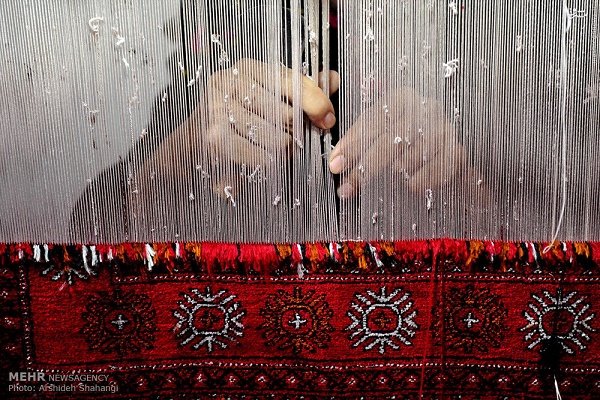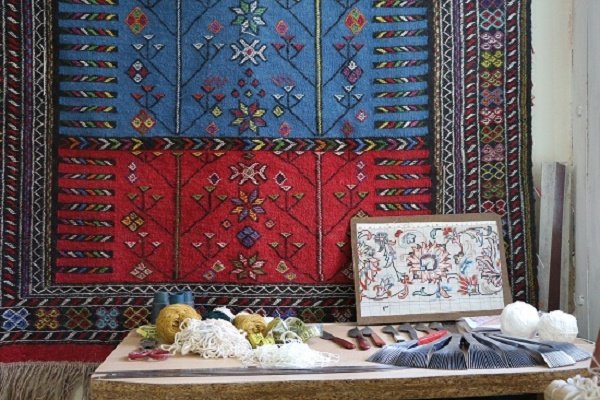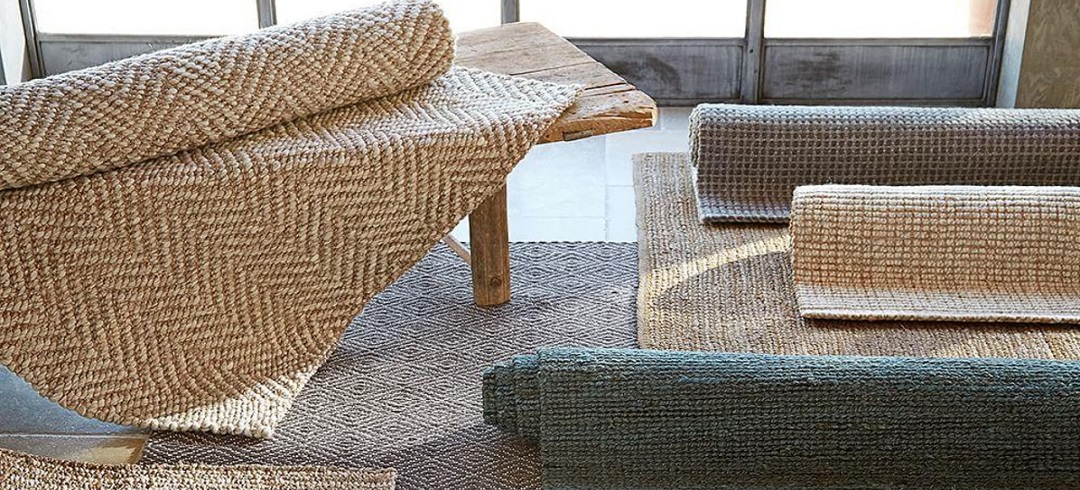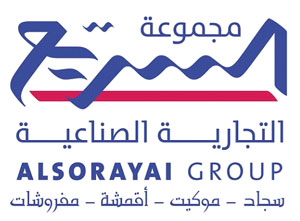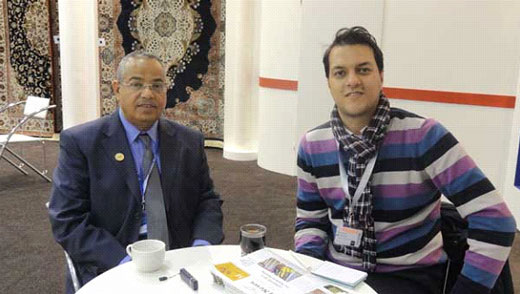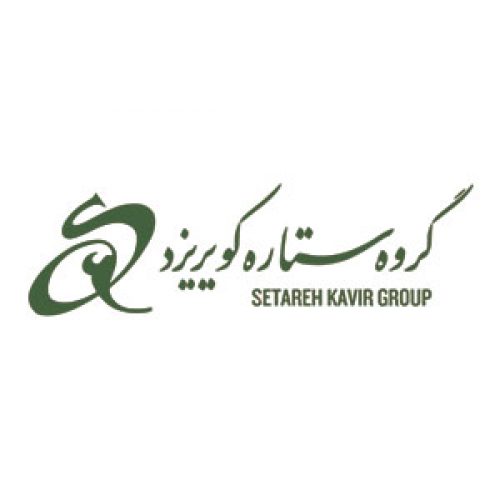For centuries, Iran’s famed carpets have been produced by hand along the nomad trail in this region of high plains around the ancient city of Shiraz.
Sheep grazed in high mountain pastures and shorn only once a year produce a thick, long wool ideal for the tough thread used in carpet making.
But high-quality production of hand-woven carpets is no longer sustainable on the migration route of the nomads, said Hamid Zollanvari, one of Iran’s biggest carpet makers and dealers.
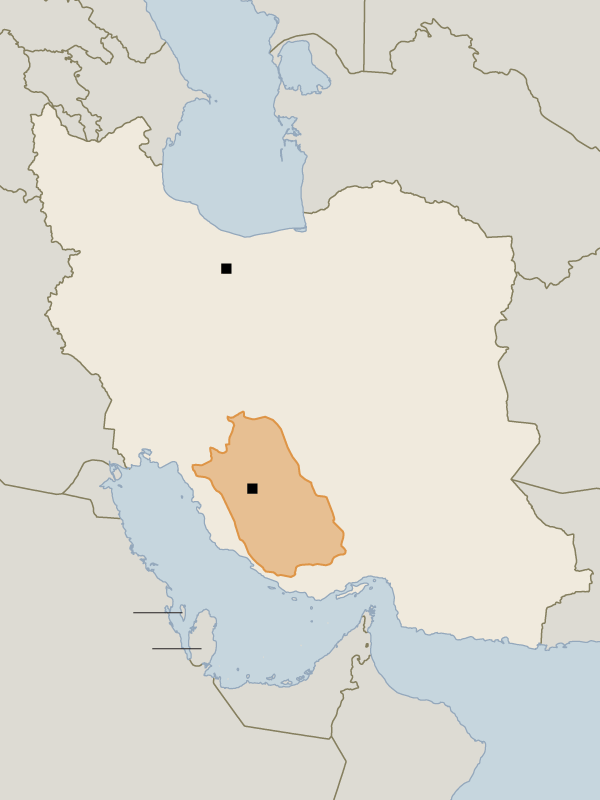
Instead, he had built a factory with 16 huge cooking pots, where on a recent cool, sunny spring day men in blue overalls stirred the pots with long wooden sticks, boiling and coloring the thread. As the colored waters bubbled, they looked like live volcanos. The air smelled of sheep.
The century-old bazaar in Shiraz, an ancient Iranian city known for its production of hand-woven carpets.

Another room was stacked with herbs. Eucalyptus leaves, indigo, black curd, turmeric, acorn shells and alum, ingredients for the different colors. “The Iranian carpet is 100 percent organic,” Mr. Zollanvari declared. “No machinery is involved.”
It is a scene that seems as ageless as the women who sit before the looms and weave the rugs, a process that can take as long as a year. And now even the factory is threatened. With six years of Western sanctions on the carpet business and punishing competition from rugs machine-made in China and India, these are hard times for the craft of Persian rug making. Many veterans wonder whether it can survive.
Over the centuries invaders, politicians and Iran’s enemies have left their mark on Iran’s carpets, said Prof. Hashem Sedghamiz, a local authority on carpets, sitting in the green courtyard of his restored Qajar-dynasty house in Shiraz. The outsiders demanded changes, started using chemicals for coloring and, most recently, imposed sanctions on the rugs. Those were blows, he said, damaging but not destructive.
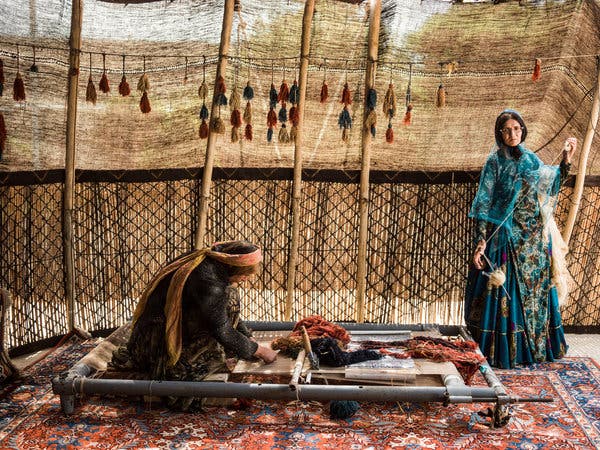
But now, Mr. Sedghamiz said, the end is near. Ultimately he said, it is modernity — that all-devouring force that is changing societies at breakneck speed — that is killing the Persian carpet, Iran’s pride and joy. “People simply are no longer interested in quality.”
This year, after the nuclear deal was completed, the United States lifted six years of sanctions on carpets. But even with that, the Persian carpet is in a critical state as fewer and fewer people buy them.
“These days, everyone is seeking quick satisfaction and simplicity, but our carpets are the complete opposite of that,” Mr. Sedghamiz said.
His message was not what officials of the Iran National Carpet Center had in mind when they organized a tour for a group of foreign journalists last weekend. Still, none of them could really argue with Mr. Sedghamiz’s conclusion.
One thing is for sure: Iran’s carpets are among the most complex and labor-intensive handicrafts in the world.
It is on the endless green slopes of Fars Province, in Iran’s heartland, that the “mother of all carpets,” among the first in the world, is produced: the hand-woven nomadic Persian rug.
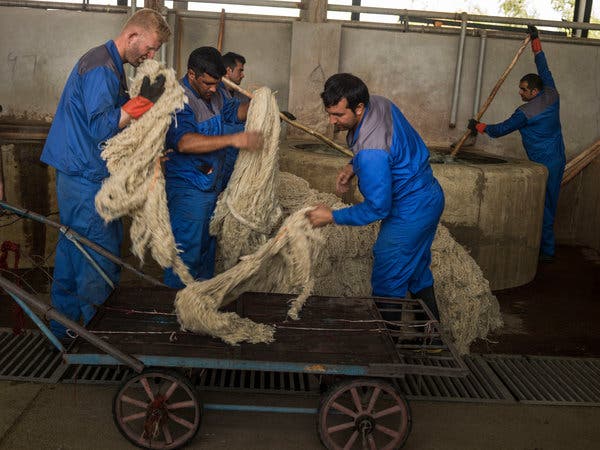
The process starts with around 1.6 million sheep grazed by shepherds from the nomadic Qashqai and Bakhtiari tribes, who produce that tough, long-fibered wool so perfect for carpets.
Women take over from there, making thread from the wool by hand, twisting it with their fingers. The finished thread is bundled and then dyed, using natural ingredients like pomegranate peels for deep red or wine leaves for green. After days of boiling on a wooden fire, the threads are dried by the cool winds that blow in from the north each afternoon.
Only then does the weaving start. Weavers, almost all of them women, spend several months to a year bent over a horizontally placed loom, stringing and knotting thousands of threads. Some follow established patterns, some create their own. When the carpet is finally done, it is cut, washed and put out in the sun to dry.
“It’s so time consuming, real hand work,” said Mr. Zollanvari, the carpet dealer. “A labor of love. And what does it cost?” he asked, before answering the question himself: “Almost nothing.” A 6-by-9-foot handwoven carpet costs around $400 in Shiraz, depending on the pattern and quality.
Mr. Zollanvari, who speaks fluent English, stood alongside two other carpet dealers, Habib Bayat and Mohammed Ali Dideroushan, both of whom are United States green card holders and self-declared carpet lovers.
The sanctions were really painful, Mr. Dideroushan said, and to him, at least, inexplicable. “Let’s face it, what do carpets have to do with our nuclear program?”
The worrisome part, Mr. Bayat said, is that business still has not picked up even after sanctions were lifted early this year. With international financial transactions still a problem, he said, “even the tourists that come to Iran cannot pay us, unless they bring plenty of cash.”
Not only that, but Persian carpets have fallen out of favor even in Iran, with many middle-class Iranians preferring cheap plastic laminate floor covers. Those who still like carpets often go for cheaper Chinese and Indian knockoffs.
“We are selling around 10 percent of what we used to sell over a decade ago,” said Morteza Talebi, the head of the council of the Shiraz bazaar. The century-old bazaar was filled with carpet shops, but there were no buyers.

Even the original producers of carpets, the nomads, are becoming harder to find. Mr. Zollanvari took the reporters to a nomadic camp outside Shiraz. There, men cheerfully blew trumpets and shot rifles into the air to celebrate the visitors. Women in colorful traditional clothes were spinning wool, others weaving a carpet.
But it turned out that several of the “nomads” were recovering drug addicts from other parts of the country who were entertaining tourists as part of an attempt to stay clean.
“Many nomads are in search of jobs and better salaries,” said Mina Bahram Abadian, a member of an Iranian group that helps nomads and drug addicts. Their situation is not that different from the problems many indigenous people have worldwide, she said.
“Divorce rates are up, as is drug use,” she said. “They cannot cope with all the changes. They get depressed and stop making carpets.”
Resource : NYTimes
